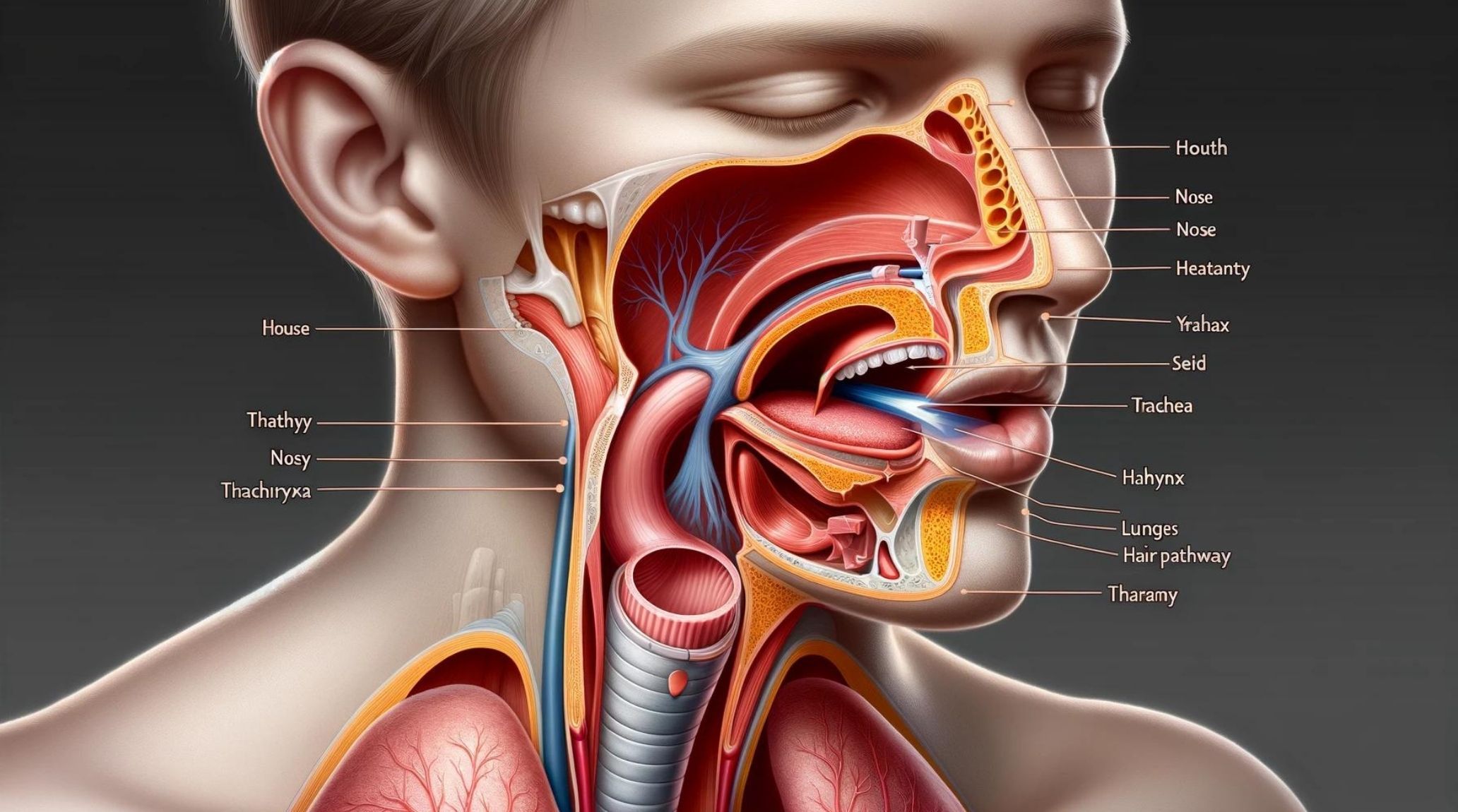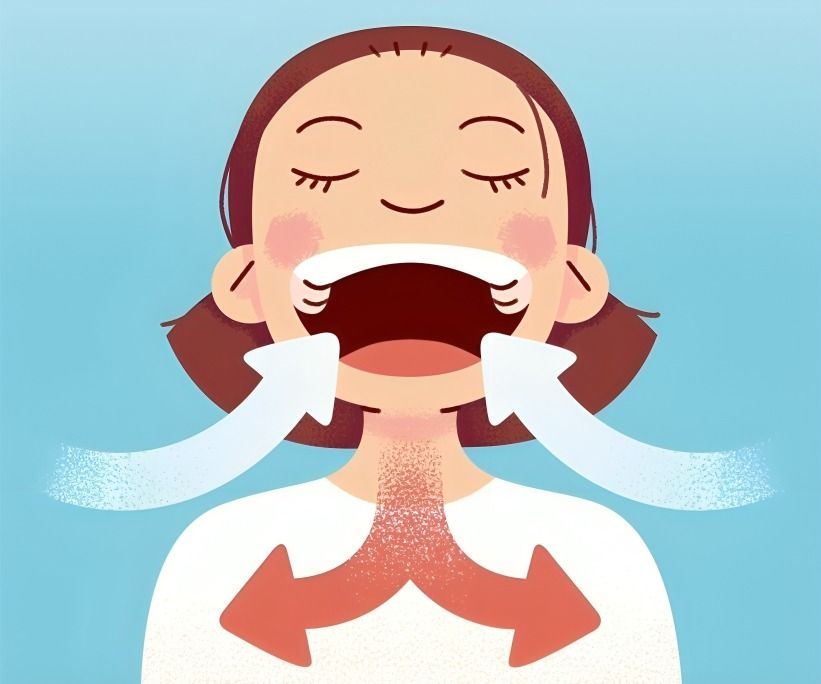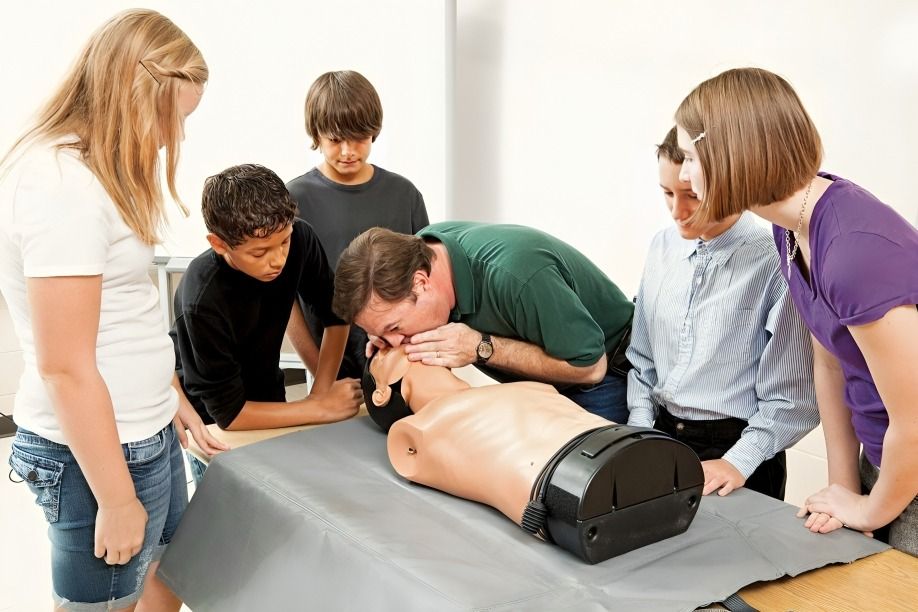
“
The mouth plays a vital role in the respiratory system, serving as an alternative pathway for breathing when the nasal passages are obstructed or during increased physical activity. As an entry point for air, the mouth allows oxygen to travel through the oral cavity, down the throat, and into the lungs, ensuring a steady airflow when needed most. Here are 15 essential facts that explain the significance of the Role of the mouth in respiration.1
1
”
The mouth is an alternative to the nose for breathing, especially when nasal passages are blocked. During exercise or heavy breathing, mouth breathing becomes essential for increased oxygen intake. 1
Unlike nasal breathing, which filters and warms the air, mouth breathing allows large volumes of air to enter quickly. The Nasal cavity is beneficial during activities requiring rapid oxygen exchange, such as running or sports. 2
During strenuous activities, the body demands more oxygen. The mouth allows for faster air intake than the nose, helping meet the body's increased oxygen requirements; it can be especially beneficial in high-intensity sports or exercise. 3

Mouth breathing allows for faster air intake than nasal breathing, accommodating the body's need for more oxygen during physical exertion. However, it bypasses the nose’s filtering and humidifying functions.
Breathing through the mouth can cause dryness in the oral cavity since the mouth lacks the moisture-preserving mechanisms of the nose. This can lead to dry mouth, which impacts comfort and oral health. 4
Some individuals breathe through their mouths while sleeping, especially if they suffer from sleep apnea or nasal congestion. This can affect sleep quality and lead to snoring or other breathing issues. 5
Poor oral health, such as inflamed gums or misaligned teeth, can obstruct proper airflow through the mouth. Dental issues can contribute to difficulty breathing and should be addressed for optimal respiratory function. 6
In emergencies where nasal airways are blocked or damaged, the mouth serves as a crucial backup for breathing. First aid techniques, like CPR, utilize mouth-to-mouth resuscitation to restore breathing. 7

Artificial respiration involves manually inducing breathing when natural respiration fails, preventing death from causes like drowning or suffocation. It focuses on maintaining an open airway and exchanging air in the lungs.
During stress or anxiety, people may experience rapid, shallow breathing through the mouth, known as hyperventilation. This can lead to a reduced level of carbon dioxide in the blood and feelings of dizziness or panic. 8
Mouth breathing is common in children with enlarged tonsils or adenoids, which can block nasal airflow. This can affect their sleep quality and potentially lead to developmental issues with the mouth and teeth. 9
In children, chronic mouth breathing can impact speech development. Since the mouth’s structure is involved in sound production, improper breathing patterns can interfere with articulation and pronunciation. 10
Breathing through the mouth bypasses the filtration system of the nose, allowing more pollutants and allergens into the lungs. Over time, this can lead to respiratory issues like asthma or bronchitis.11
In emergencies where nasal airways are blocked or damaged, the mouth is a crucial backup for breathing. First aid techniques, like CPR, utilize mouth-to-mouth resuscitation to restore breathing. 12
When allergies cause nasal congestion, the mouth becomes the primary breathing passage. In severe allergies, mouth breathing may be the only way to ensure sufficient oxygen intake. 13


